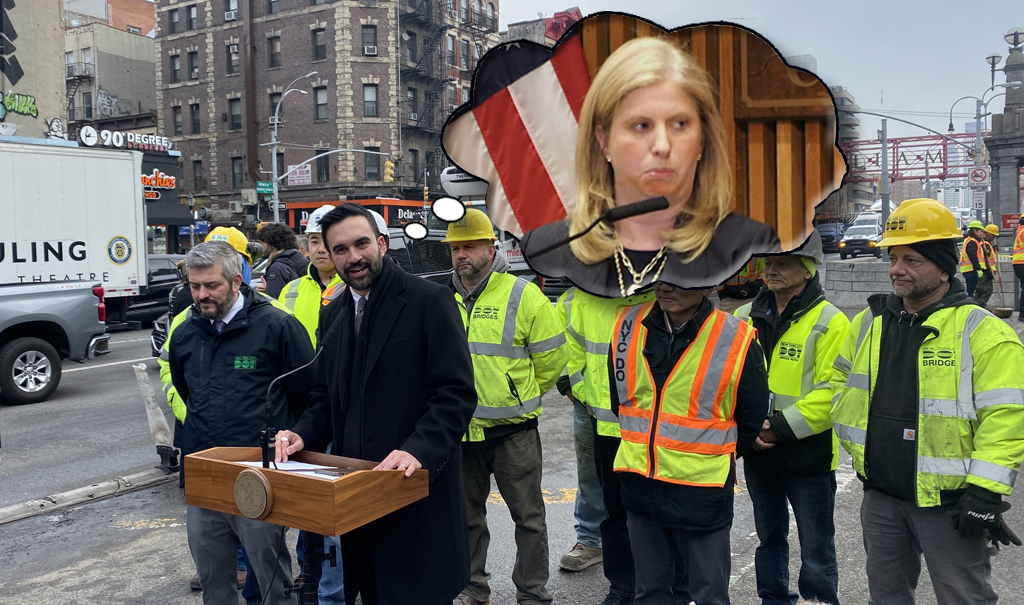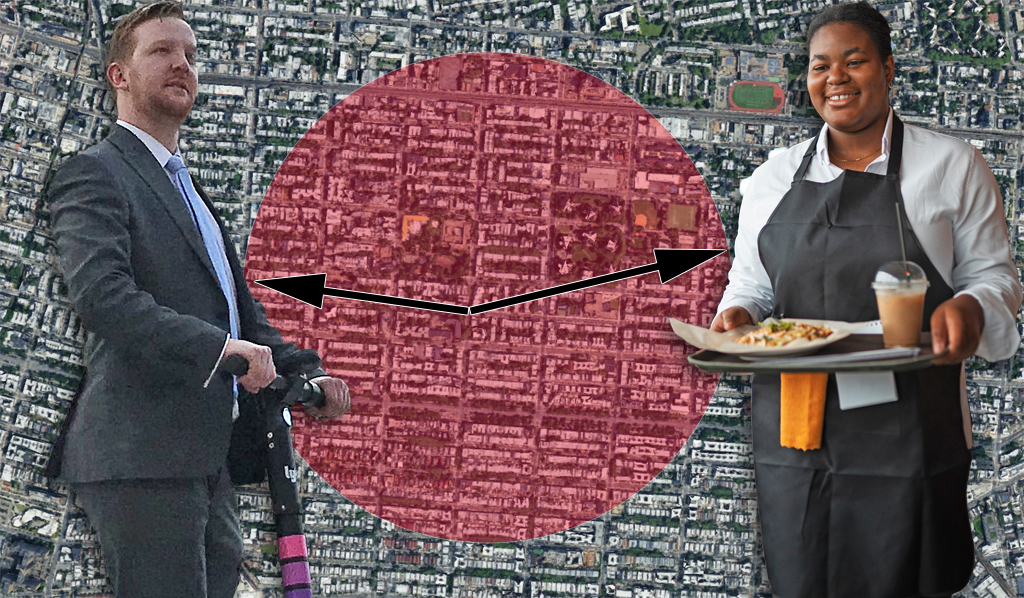 A rendering of the CBA-mandated walkable development slated for the Longfellow neighborhood of Minneapolis. Image: UrbanWorks Architecture.
A rendering of the CBA-mandated walkable development slated for the Longfellow neighborhood of Minneapolis. Image: UrbanWorks Architecture.Last week, Comptroller John Liu announced plans to convene a task force to study and issue recommendations about community benefits agreements in New York. While details on the task force are still forthcoming, the renewed public attention on these planning tools provides an opportunity to examine how CBAs have worked in New York and how they are increasingly being used to build livable streets.
Community benefits agreements are private contracts between community organizations and developers, requiring that the developer take additional actions for public benefit. In theory, CBAs allow groups that are shut out of the normal planning process to make their voices heard. The first real CBA was tied to the construction of a basketball arena -- the Staples Center in Los Angeles, where a coalition of religious, social justice, environmental, health, immigrant and tenant organizations capitalized on public concerns over the project to win promises of living-wage jobs, affordable housing, and local hiring.
In some cases, locals have demanded the inclusion of transportation improvements in the benefits agreement. At the Staples Center, the CBA created a residential permit parking program for the arena's neighbors. Here in New York, the CBA Columbia University signed as part of its expansion into West Harlem required it to light the viaduct along Broadway and advocate for improvements to subway and bus stations.
Where the public makes livable streets a priority, CBAs can be useful tools. In Minneapolis, one community group in the Longfellow neighborhood was able to win an impressive list of livable streets features from a developer. In addition to traditional CBA provisions like affordable housing and living wage jobs, the locals negotiated a contract mandating bike parking and paths, parking maximums for cars and car sharing, commercial space that engages the sidewalk, and even a requirement that the architecture "must be urban, not suburban, in feel and function."
Melanie Majors, the executive director of the Longfellow Community Council, explained why her group's CBA focused so heavily on urban design. "CBAs represent what that community has in terms of priorities and in terms of challenges," she said. "In greater Longfellow, our priorities are to have this livable community."
According to Amy Lavine, an expert on CBAs at Albany Law School, we can expect to see more CBAs like Longfellow's. "As the CBA process expands and branches out," said Lavine, "you'll see more different approaches." Indeed, Majors says she received dozens of invitations to present on the Longfellow CBA after it was signed.
In New York, however, the history of community benefits agreements is stained with failures. The CBAs crafted here are often held up as models for what not to do, said Lavine. Millions of dollars that the Yankees promised to local organizations have never been distributed. In Brooklyn, the Atlantic Yards CBA has been criticized as little more than a fig leaf for the developer.
Lavine cited the lack of real community involvement in the negotiations of the Columbia, Atlantic Yards, and Yankee Stadium CBAs as undermining those agreements. "There have also been issues with people taking money from developers," she added. "That's certainly not a best practice."
The potential to fix the well-documented shortcomings of New York's CBAs may be limited. "The idea of a CBA is a private contract between two parties," said Lavine. "You can only regulate that so much."
Even so, livable streets advocates should keep their eyes on Liu's task force. The comptroller's office says that it hasn't yet worked out the details of its proposal, but no matter what, CBAs are here to stay. And as the Longfellow project shows, they can help steer development to meet livable streets goals.





